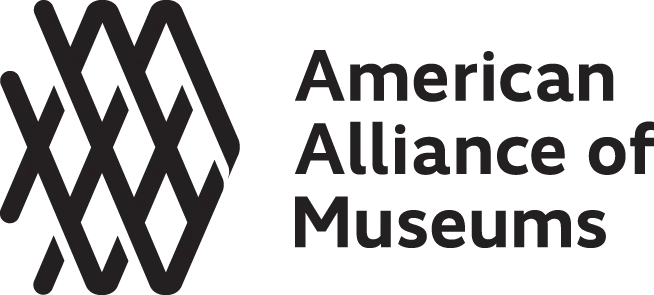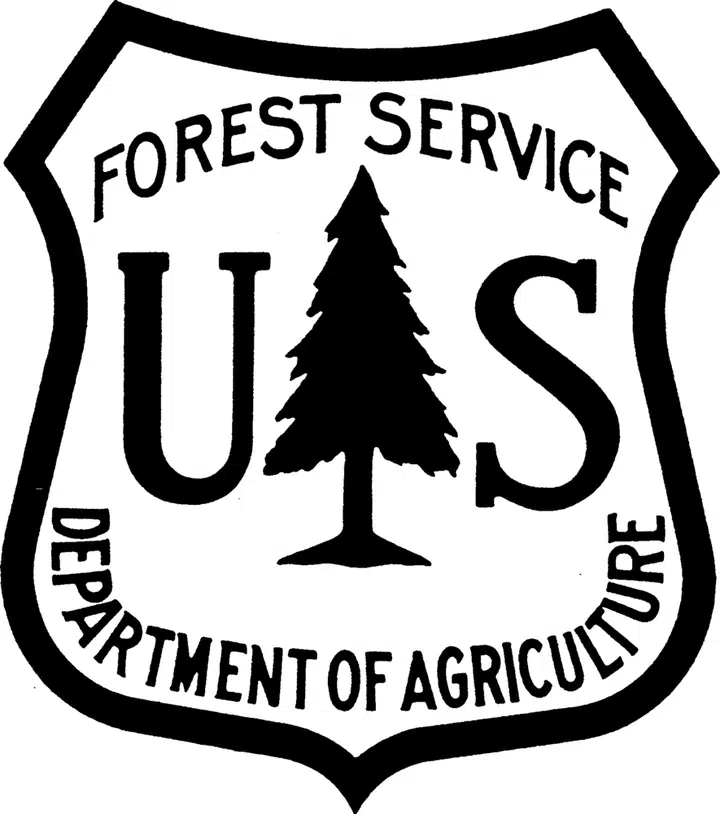Newfound Garlic Mustard Aphid May Help, but Won’t Solve, Our Garlic Mustard Problem
October 22, 2025

In 2021, Rebecah Troutman — at the time Holden Arboretum’s natural areas biologist — was making her rounds and came across an insect she hadn’t seen before. It appeared to be some sort of aphid, and it was snacking on garlic mustard, one of the more prolific invasive plants in northeastern woodlands. The aphid-riddled plants didn’t look so good.
One of the reasons non-native species can achieve “invasive” status is that they don’t have natural predators in their introduced range. In fact, many efforts to control the spread of invasive plants involve releasing biocontrol agents — that is, importing insects from their homeland that will actually eat the plants.
“It was exciting to see something eating garlic mustard, when normally our non-native invasive species look robust and healthy,” says Troutman, who is now the Working Woods manager at Holden. “Not even deer, who eat everything, eat it.”

Troutman was, of course, intrigued by this new insect. But when she went to learn more about it, she came up short. It appeared to be a European, garlic-mustard-eating aphid, but there were no recorded sightings of the aphid in North America. This observation was the first.
She reached out to aphid specialist Doris Lagos-Kutz with the USDA Agricultural Research Service, and she confirmed: This was a new record.
The obvious next question was: Could this aphid help control the spread of garlic mustard?
Troutman teamed up with researchers in the Stuble Lab at Holden to conduct the first study of how the aphid is affecting garlic mustard plants within the Arboretum’s natural areas. Kaylin Engerman, then a research fellow at the Arboretum, led the effort. The group’s study was published yesterday in the Natural Areas Journal.

Quantifying the aphid’s impact
From Troutman’s observations, the researchers knew that garlic mustard plants looked less robust when the aphids were present. But “less robust” doesn’t tell us whether the aphid will offer any actual control of the invasive plant.
The researchers, aided by Holden’s conservation team, systematically collected garlic mustard plants, with and without aphids, and took them back to the Long Center for Plant & Environmental Science for detailed investigation. There, researchers and a team of dedicated volunteers measured how well each plant was growing and reproducing.
Read more: Garlic Mustard and Its Newly Introduced Aphid
For each plant, they measured its height and weight, and counted stems and leaves. They counted the number of seeds and seed pods it had produced, measured the size of the seeds, and tested the seeds for viability.
They learned that garlic mustard plants that had been found with aphids were smaller overall and were producing fewer, smaller seeds than the plants without, although the seeds still germinated at equal rates.

“We’ll take it.”
Although the results are somewhat encouraging for anyone tasked with removing garlic mustard from forest floors across the region, the aphid so far doesn’t appear to be a silver bullet for eradicating the invasive plant.
Plants with aphids were around 40% smaller in mass and 20% shorter, and importantly had 40% fewer seeds per pod. Further study will be needed, though, to confirm whether this translates to a slower spread of the plant as it disperses, since there are so many factors at play when it comes to invasive species spread and control.
After the aphid’s discovery, the group also launched a region-wide citizen science effort to find out how widespread the aphid already is. Of the 1,300 observations sent in, over 200 found the aphid, with sightings as far west as Nebraska. It seems that wherever garlic mustard lives, the aphid already lives.
Even so, it’s exciting to finally have documented a real predator for garlic mustard in the U.S.
“Before, even in the country where it’s native, there was not much info on this critter,” Troutman says. “Now, you can Google ‘garlic mustard aphid’ and have a lot of stuff pop up. It’s been really exciting to be a part of this story.”
“Being the first ‘official’ observation of a species not previously documented in the U.S. will certainly go down as a top-ten career highlight for me, probably in my lifetime,” she adds.
Want to help? If you find aphids munching on a garlic mustard plant, you can use the free app iNaturalist to both confirm its identification and submit your observation as a datapoint for research! You’ll need a free account and clear photos of what you saw. You can also report an aphid sighting — or an aphid-free garlic mustard sighting — on EddMapS.org.

Anna Funk, PhD
Science Communications Specialist
Anna Funk is the Science Communication Specialist for Holden Forests & Gardens. She earned her Ph.D. studying prairie restoration before leaving the research world to help tell scientists’ stories. Today, she wears many hats, working as a writer, editor, journalist and more — anything that lets her share her appreciation of science and its impact with others.











